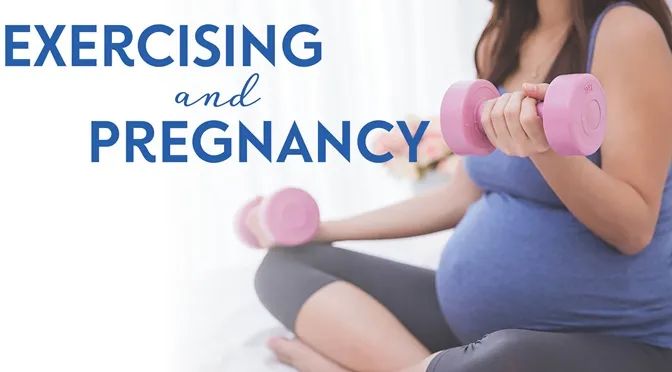
Exercising and Pregnancy
January 2018 | By Dr. Dahl, MD, Billings OB-GYN Associates
Most women today know that exercising while pregnant is safe and even encouraged. If you’re pregnant and planning your next workout, here are a few benefits and safety tips to keep in mind.
Benefits: Exercising during pregnancy comes with many of the same benefits as it does during any other time in your life. Overall, it will help improve your physical wellbeing and help you stay mentally sharp. Staying active will help you avoid excess weight gain, high blood pressure, and reduce aches and pains. Prenatal exercise can also reduce your risk of gestational diabetes requiring a Cesarean Section.
Safety Tips:
While prenatal exercise is generally recommended, here are a few tips to keep in mind.
- Don’t attempt to reach your peak fitness level.
- Keep your heart rate at a level that allows you to talk comfortably.
- Make sure you don’t increase your body temperature too high and drink plenty of water.
- During pregnancy, you might find it uncomfortable to perform high-impact exercises like running. Try walking, water workouts, or an elliptical instead.
- Avoid doing ab exercises on your back. Instead, look for ways to work your core that include standing or kneeling, or better yet, try doing planks.
Stopping or Avoiding Workouts:
Before beginning any exercise routine, it's recommended that you visit with your doctor. This will allow you and your doctor to identify the type and intensity of working out that's best for you.
If during exercise, you become excessively tired, dizzy, or nauseous, this is your body’s sign that it is time to reduce or stop your workout. You should stop exercising immediately if you experience any of the following: abdominal pain, any “gush” of fluid from the vagina, calf pain or swelling, chest pain, decreased fetal movement, dyspnea before exertion, headache, pelvic pain, excessive shortness of breath, painful uterine contractions, and vaginal bleeding.
Exercising Postpartum:
It’s important to make sure you return to activity slowly after delivering your baby. This can mean up to 6 weeks of rest and care for yourself and your baby, depending upon the type of delivery. Usually, you can return to exercise within 2 weeks after a vaginal delivery. After a Cesarean Section, 4-6 weeks is recommended. Keep the following tips in mind:
- You may experience atrophied muscles, bad posture, an achy body, and general fatigue.
- It may be best to avoid exercises that put stress on your abdominal muscles until you return to a more recovered state, especially after a Cesarean Section.
- During pregnancy, your body releases a hormone called Relaxin, that softens the ligaments and joints during pregnancy. This hormone can stay in your body for up to six months postpartum. It can lead to unstable joints and a loose pelvis, so it’s good to be mindful and avoid jerky movements that can cause injury.
- As you ease back into your workout routine, it's imperative to remember to hydrate well, especially while exercising.
- Finally, remember that you need to get plenty of rest. Try to get plenty of sleep at night as well as taking a few minutes post workout to relax your body.
Originally printed in the pages of Simply Family Magazine’s January 2018 issue.
Never miss an issue, check out SFM’s digital editions, here!
